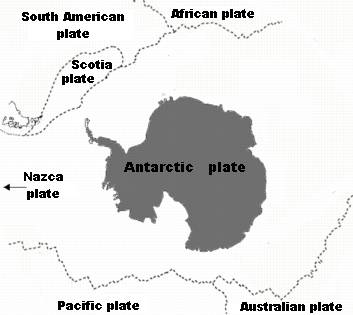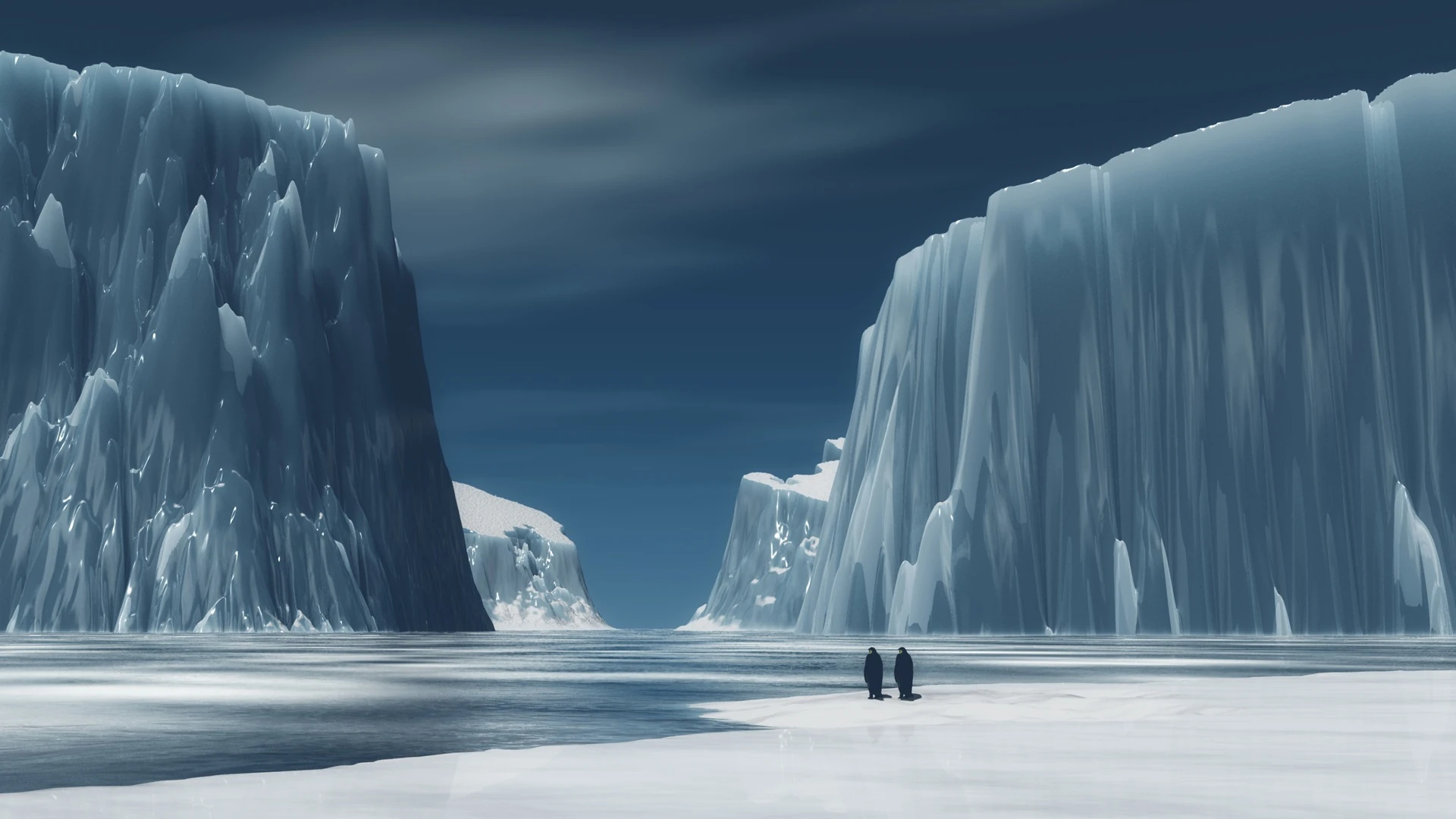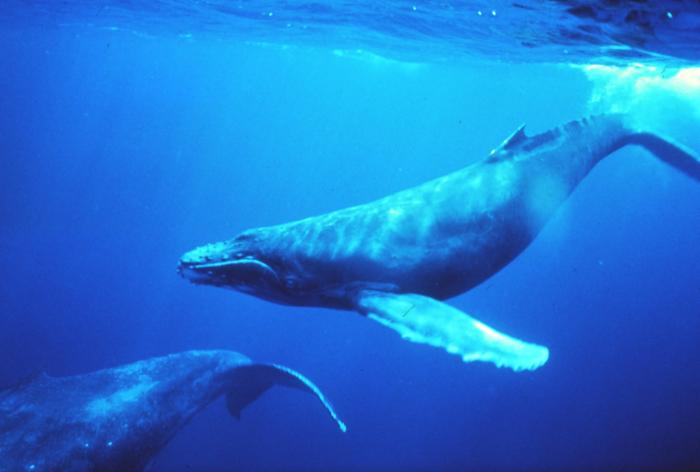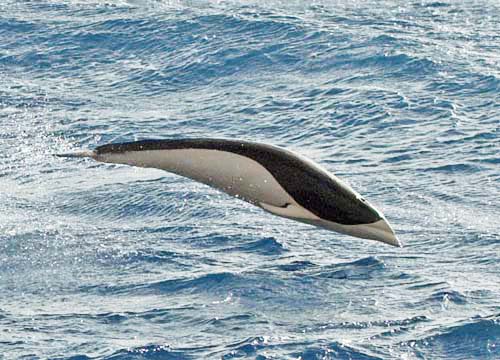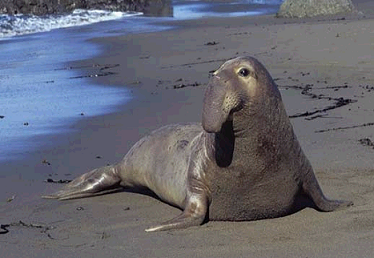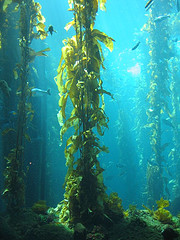Humans have a HUGE impact
on Antarctica. They play a large role in making the
continent popular, learning more about it, making it a place for tourists, etc. They have also harmed the continent in many ways, too. They fish too much in Antarctica and the fish population is drastically going down. We humans hunt in Antarctica and we also kill many animals there just for research. This is unfair and unnecessary; in my opinion. Anyways, we also take territorial claim in the continent, too. About seven countries have already taken the liberty to do so. They do this just because they want the oil in the continent. Antarctica is the place that has the most oil in the world. So, even though we know we should be using less fossil fuels, we want Antarctica's oil so that we can just have the unlimited resources we want. We are willing to affect the wildlife there negatively only because we want oil. We also love sealing. Sealing is when you go to places to hunt seals for our everyday uses. I think we can survive without wearing jackets made out of sealskin. The same with whaling. Also we discharge other garbage we cannot find a place for near Antarctica. Tourism itself is harmful to Antarctica. As tourists travel there, pollutants and other harmful toxins are released into the desert. If humans are affected negatively with pollution, won't animals? Below is how we make Antarctica look.

Nonetheless, I can't argue with the fact we helped Antarctica, but only a little. Vets did go to Antarctica to see what was wrong with animals there and try to help them as well as gather information for their own personal needs. Some countries did claim land to make the best of it, and others didn't. We also do learn more about the coldest place on Earth: how it helps and harms humans, but that is just about it.
Here is a video containing more information
Sources:http://www.coolantarctica.com/Antarctica%20fact%20file/science/human_impact_on_antarctica.php





